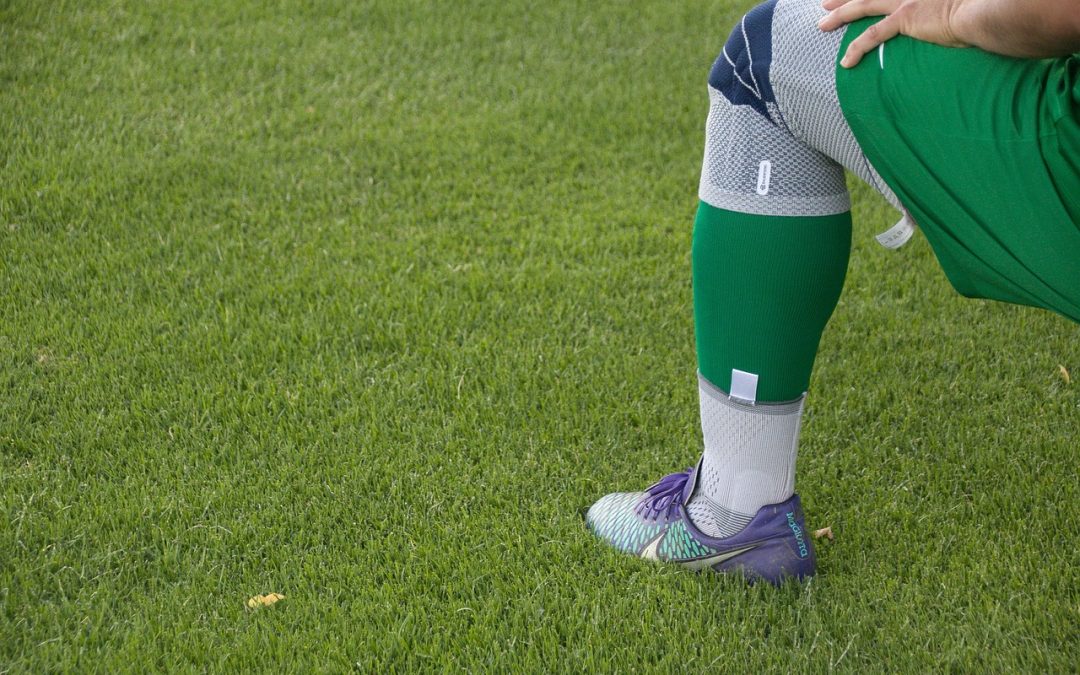Ligaments are strong fibrous connective tissue that connects bone to bone. They are found all over the body covering joints such as the ankle, knee, hips, shoulders, and spine. They are predominantly formed of collagen and are a structural component of the musculoskeletal system. A sprain is a stretching or tearing of a ligament, they can commonly get injured during activity or sports with common ligament injuries occurring being a lateral ankle sprain, which occurs when everting the ankle. The anterior cruciate ligament of the knee is also commonly injured. Sprains usually occur when the joint is forced or pushed past is the normal range of motion, which will result in damaging the ligament. There are three grades of ligament injury: grade 1, a mild ligament tear; grade 2, a moderate ligament tear, and grade 3, a complete ligament tear, otherwise known as a rupture. At the time of injury, you are likely to feel a pop, and tear alongside swelling and predominantly pain.
Types of Treatment
Grades one and two are generally treatable with rest and non-invasive procedures, however, grades 3 and 4 may need surgical intervention. Pain is the main indicator of a ligament strain, however at the time of the injury other factors such as bruising, swelling, and laxity are also monitored and help form the diagnosis. Ligaments are trained and strengthened alongside muscles; however, their lesser blood supply means that they are slower to heal and generally take longer to rehabilitate back to full strength too. A ligament injury is called a sprain, and a muscular injury is called a strain. If you have a sprain then you should follow the RICE protocol, this means you should rest, stop any exercise or activity, taking any weight off of the injured limb. Ice should then be applied to the area which is to help reduce the swelling and provide some pain relief. Compression can also be added to help support the injured area. Finally, the area should be elevated or supported under a pillow. NSAID medication can also be taken, however, it is advised that the body is allowed to undergo its inflammatory process in order for healing to be optimal. Once the injury has healed, there are a few rehabilitation steps that should take place. Therapeutic treatment by an osteopath or equivalent can help keep the area moving and provide therapeutic treatment to the affected areas. Proprioception exercises can also be prescribed which can help strengthen the ligaments and allow for a return to physical activity. Depending on the level of tear, it can take around 3-6 months to fully recover Sprains will usually resolve by themselves, however, if they are getting severely worse or not seeming to heal, then further action may be needed. MRI imaging is the best diagnostic tool for ligament injuries as they are able to pick up on minor changes to the tissue.
In Summary
The difference between a muscular strain and a ligamentous strain is that ligaments generally take longer to heal due to their lack of blood supply and more structural and supportive role compared to muscles’ contractile role.

